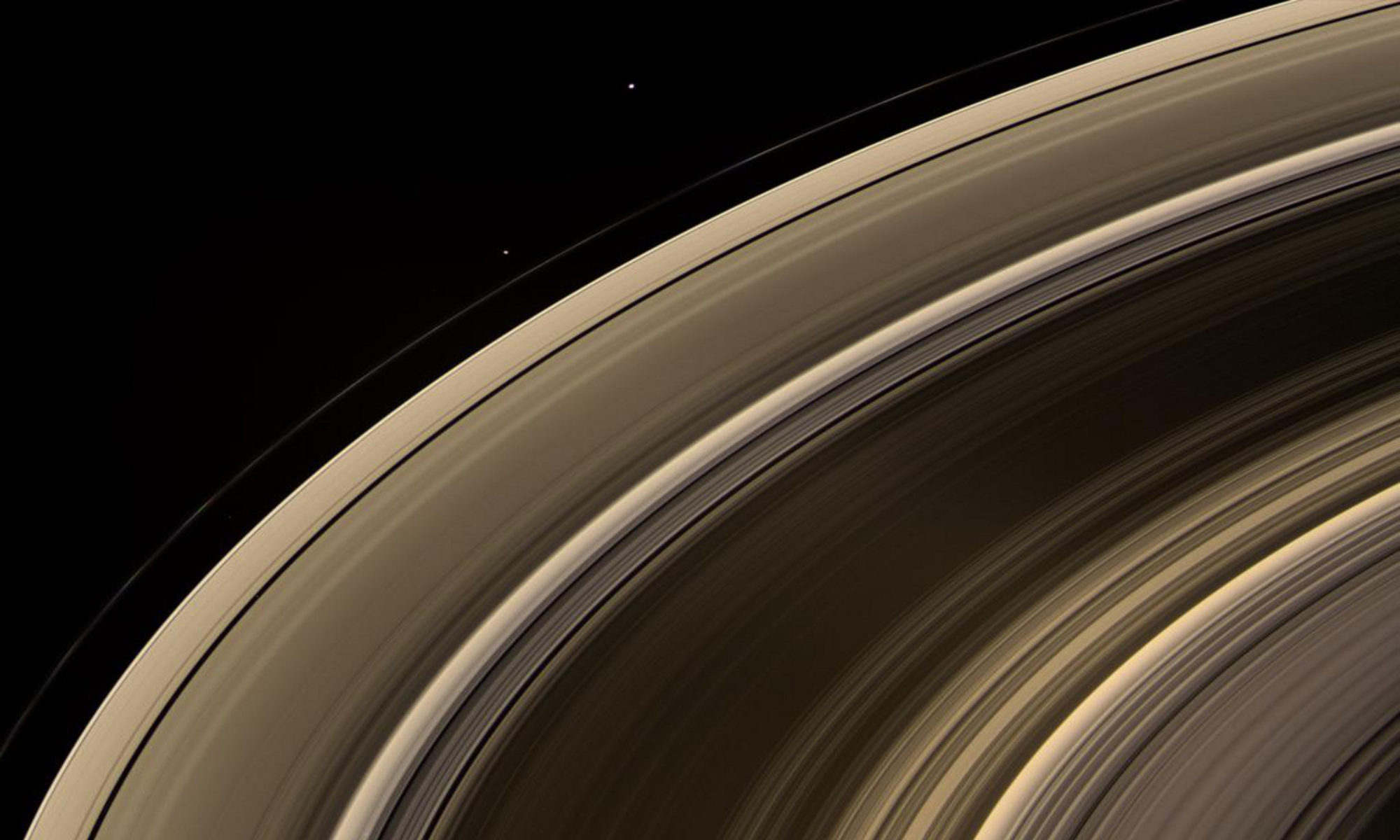Greetings Stellar fans. As promised, below are are a few eclipse photos that I was able to take during Monday’s total eclipse of the sun. I was in Idaho Falls, ID at the Museum of Idaho for the event and met several people from all over the world there including Canada and Australia and others. (Incidentally, the museum has an excellent Space exhibit right now if you are in the area!)
I’ve included one before and one after totality, as well as one during totality. The shot taken during totality had some issues, due to the shot being overexposed. However, the result is still rather interesting as you’ll see below. But not to worry, a coworker of mine took some truly excellent photos during totality from another location in Wyoming and has given me permission to post a link to his photos.
This was my first attempt to photograph an eclipse. Indeed it was also the first total solar eclipse that I’ve personally witnessed. I’ve never witnessed anything quite like it, it really took my breath away. The sky went dark, the planet Venus came into view, the corona burst into view, and the temperature noticeably dropped; it was truly spectacular. I’m already planning to see the next one in 2024, I’m hooked!

The shots below were taken using a Celestron NexStar 8SE telescope, with an EclipSmart solar filter, and a Canon XSi DSLR camera attached with a T-adaptor (image to the right).
The first shot below is just after the partial eclipse began. Notice the disc of the moon beginning to cover the disc of the sun. Several small sunspots are also visible in the view.

Below is the only shot that I got during totality. I was so enamored with the spectacle in the sky that I goofed up the exposure, and over-exposed the shot considerably. However, it still came out very interesting. Notice that the craters of the moon are visible. What you are seeing below is actually Earth-shine (Sun light reflected off of the Earth and onto the dark side of the Moon and then back to us again). This happy-accident resulted in an interesting view of the eclipse that I haven’t seen elsewhere. Even thought I didn’t get a good shot of the corona, I’m still pretty happy with this shot.

For some really amazing shots of the eclipse during totality, check out these shots taken by a coworker of mine. There you can see several good prominences around the edge of the disc.
After totality, I took plenty of shots of the outgoing partial eclipse. One such shot is below:

I hope everyone had an amazing Eclipse experience. I certainly did. I’m already gearing up for the next one in 2024!
-Josh

